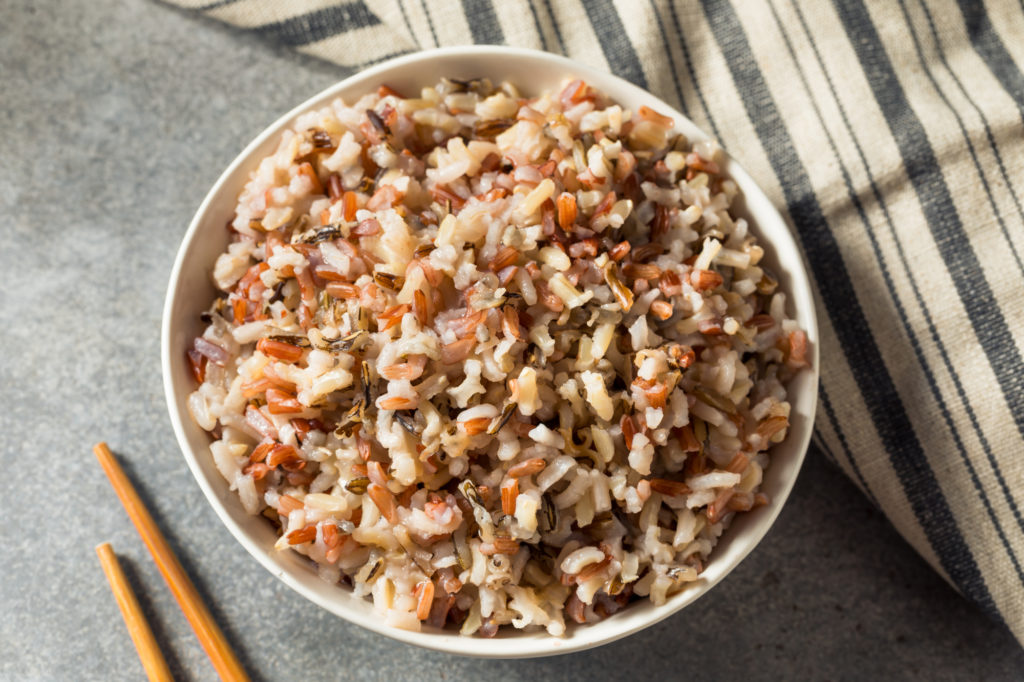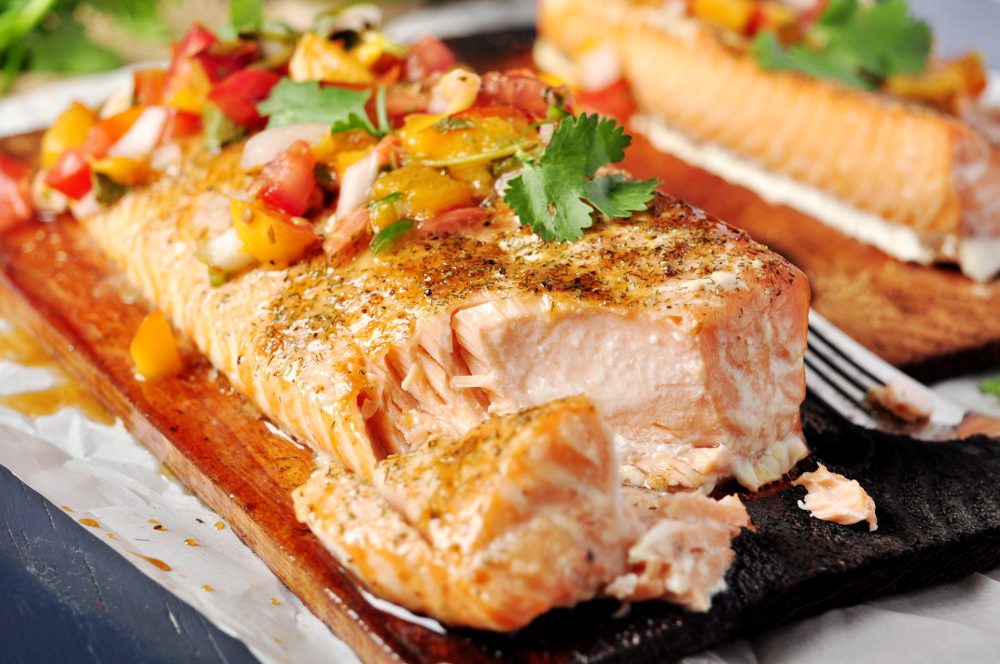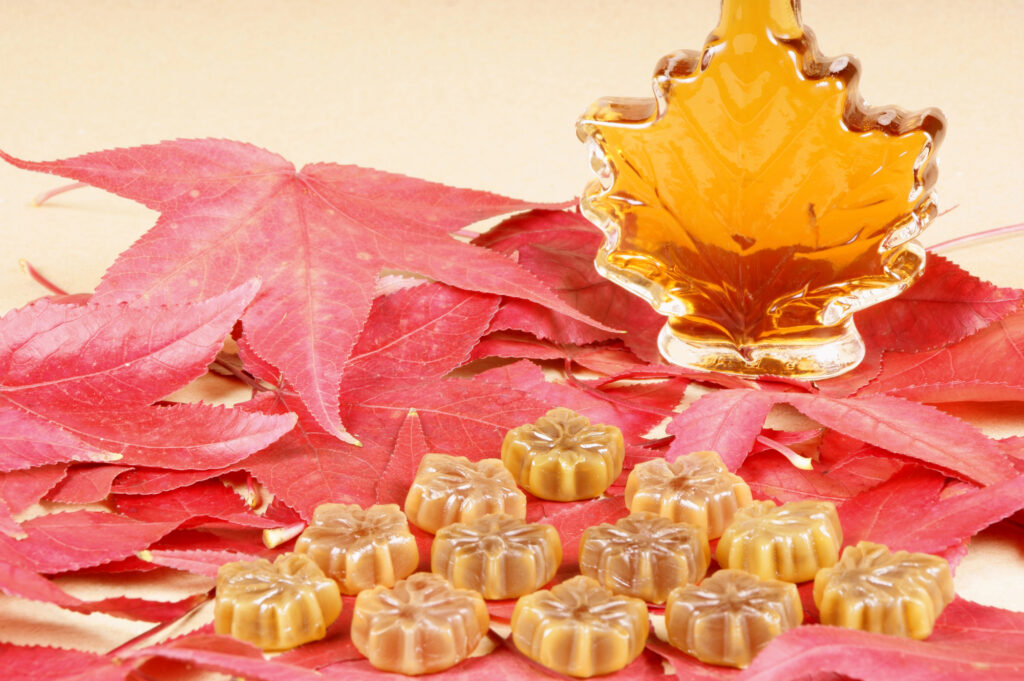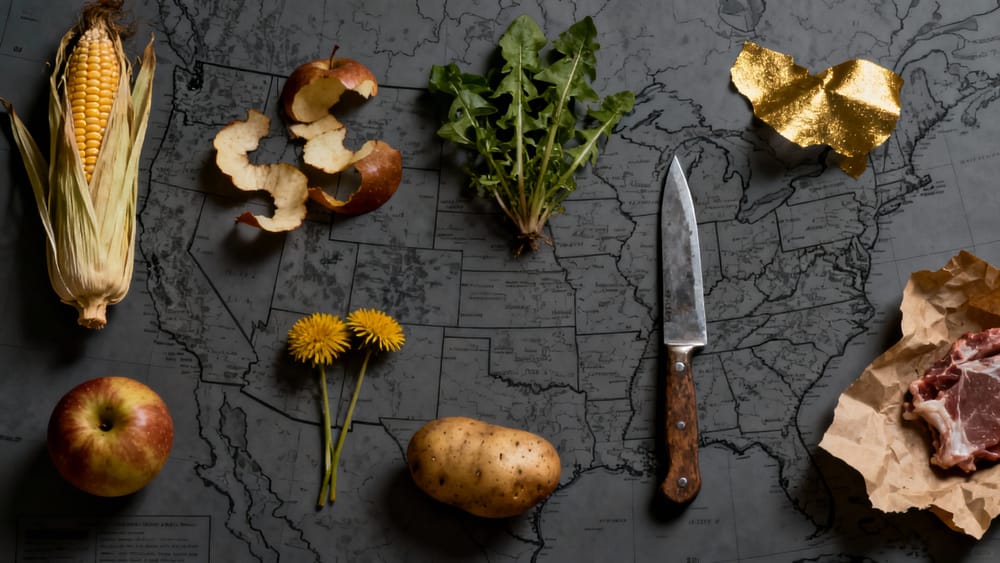The Culinary World Is Finally Catching Up to Native Chefs
Ancient methods like Piki Bread are redefining modern dining.

Native American cuisine connects us to ingredients that existed long before measuring cups, whispered down through generations. Much of this culinary wisdom faded over time, but Indigenous chefs are now reclaiming these traditions with fierce determination. These 7 dishes tell stories of resilience drawn from the land itself.
7. Mutton Stew

Chef Freddie Bitsoie’s Mutton Stew makes time slow down. When sheep arrived on Navajo lands, the Diné people didn’t just adopt the animal—they transformed it into something that belonged there all along.
Bitsoie honors that transformation in his rich, gamey stew that hits deeper than mild lamb, while hominy swells with substance after hours of patient simmering. This stew represents generations thriving in harsh desert conditions through food that was never entertainment but survival.
6. Ojibwe Wild Rice and Maple Chicken

Chef Brian Yazzie prepares this dish as the Great Lakes region writing a love letter to itself. His wild rice—actually an aquatic grass seed—gets harvested by canoe the traditional way, with harvesters knocking ripe seeds into boats using cedar sticks.
Yazzie balances the nutty rice with chicken kissed by maple syrup tapped when winter exhales its last breath, creating a dish that speaks perfectly about Ojibwe seasonal rhythms.
5. Salmon on Cedar Planks

Coast Salish herbalist Elise Krohn masters the Pacific Northwest technique of salmon pinned to cedar planks near open flames. She creates multi-sensory magic where fat sizzles like vinyl records and cedar smoke perfumes the air while honoring the salmon’s spiritual sacrifice.
Krohn’s approach ensures the cedar whispers woodsy essence into flesh without stealing the show, resulting in salmon so tender it practically dissolves with stories of rivers meeting oceans.
4. Piki Bread

Hopi chef Patricia Polacca embodies patience thinner than paper in her Piki Bread. She masters spreading blue cornmeal across hot stones in one impossibly thin layer after years of practice for seconds of execution.
Polacca continues the tradition of mothers teaching daughters through silent observation, creating an unbroken knowledge chain where each paper-thin wafer demands perfect timing and tells stories of precision, preservation, and corn’s sacred place in Hopi understanding.
3. Summer Squash Casserole

Chef Loretta Barrett Oden’s Summer Squash Casserole is warm weather translated to dinner language. She layers sliced squash with sun-dried corn in a celebration so perfectly simple it feels like cheating.
Oden’s Indigenous approach honors the actual vegetables without drowning them in dairy or canned soup—the culinary equivalent of presenting a landscape without filters. Her food doesn’t need hashtags to be memorable, just ingredients speaking their own unedited truths.
2. Maple Candy

Sioux Chef Sean Sherman creates Maple Candy that captures what happens when trees whisper sweet nothings to winter and spring captures the conversation. He works during that fleeting moment when freezing nights give way to warm days, boiling forty gallons of sap down to one gallon of syrup with the patience modern life forgot.
Sherman’s candy reaches that magical temperature where time and sweetness collapse into something transcendent—pure, overlooked perfection.
1. Wild Rice Stuffed Pumpkin

Imagine autumn wrapped in a gourd—that magical season when everyone suddenly becomes a photographer chasing red leaves and moody fog. Wild Rice Stuffed Pumpkin transforms an entire pumpkin into cooking vessel and meal component, zero-waste cooking before sustainability became a hashtag.
The hollowed pumpkin cradles wild rice, cranberries, and mushrooms, then bakes slowly. Meanwhile, the wild rice—harvested by canoe in a tradition older than your favorite vintage filter—keeps its magnificent texture. This is edible nostalgia for a time most of us never experienced but somehow still miss.



